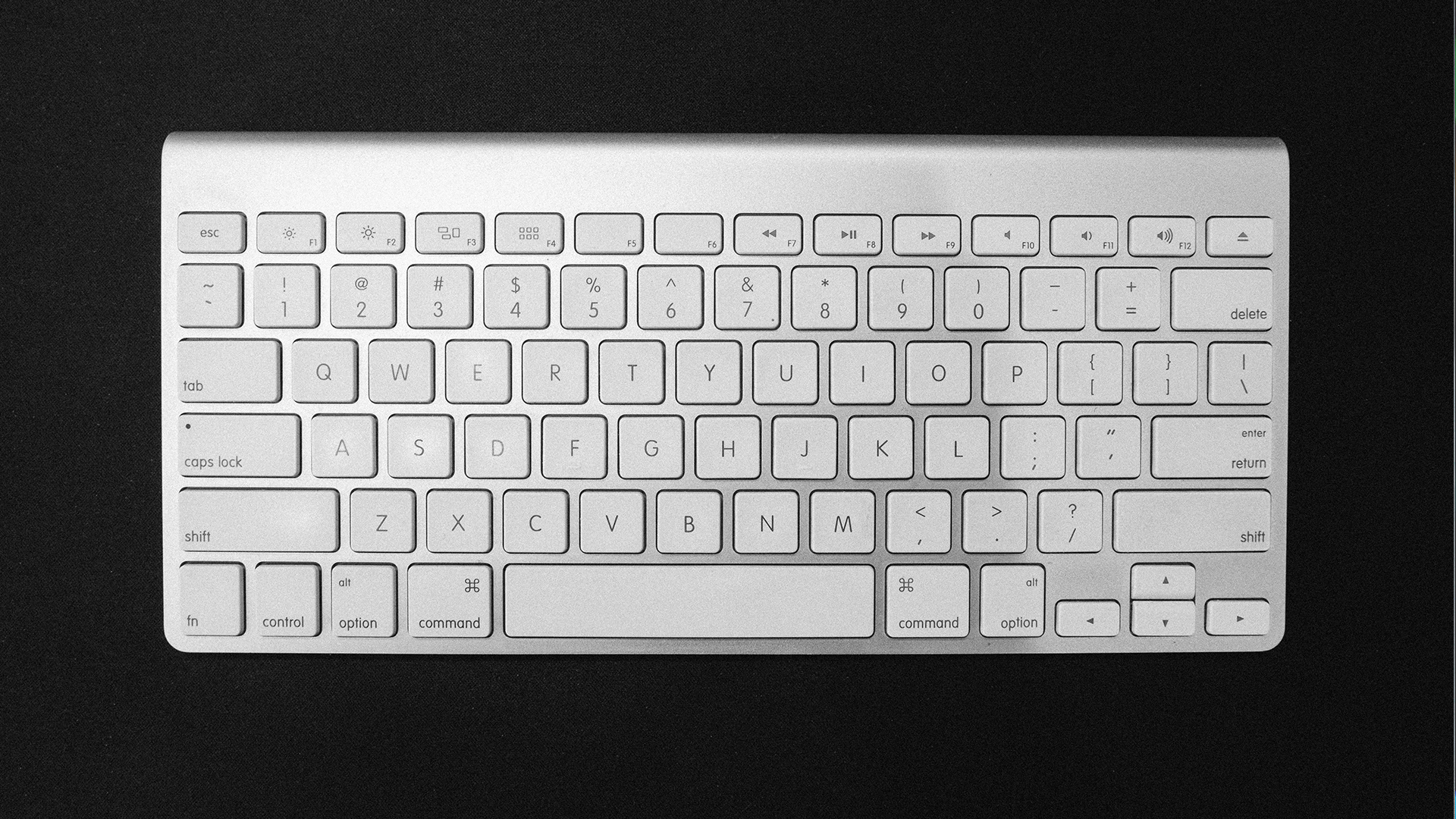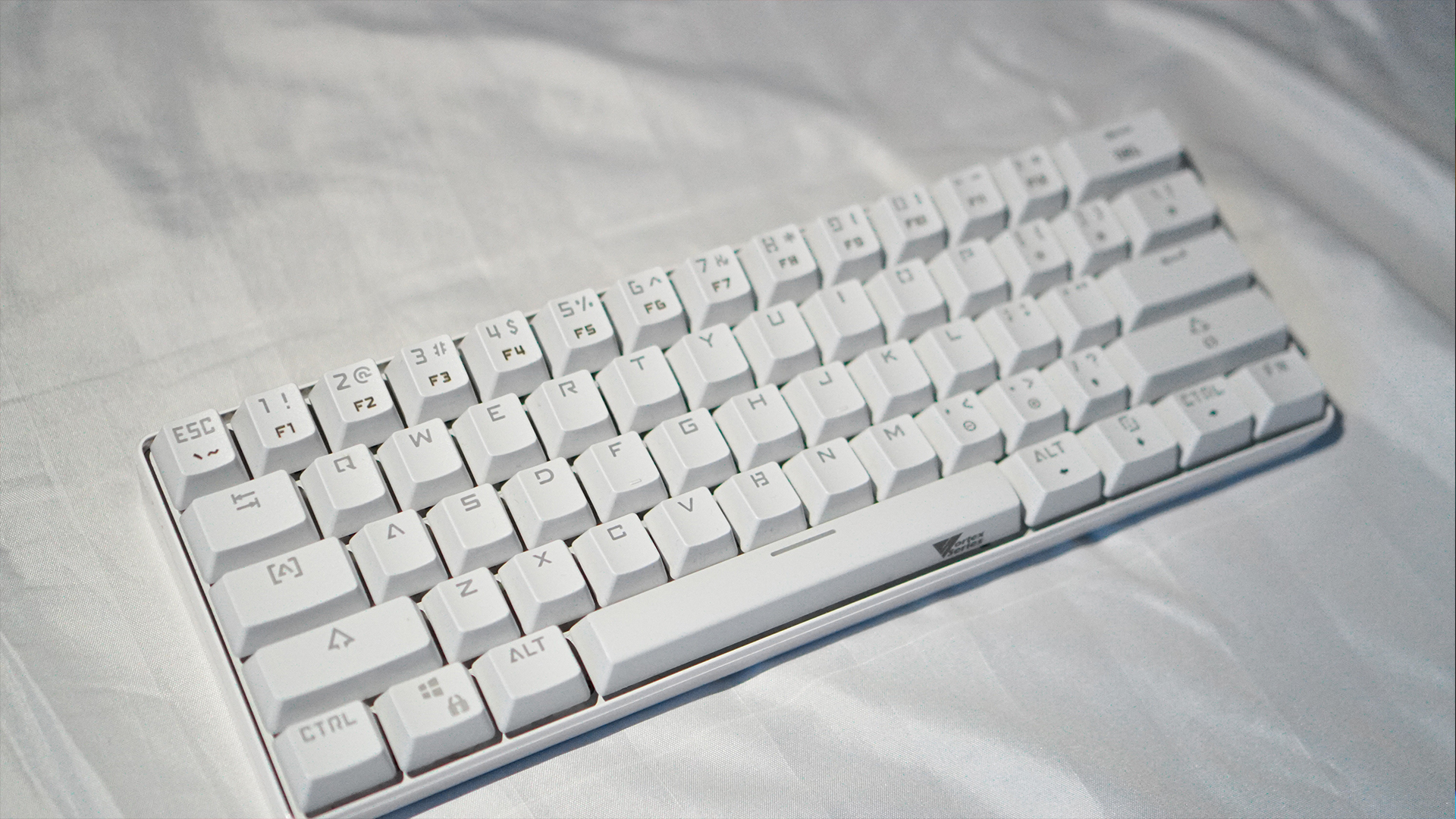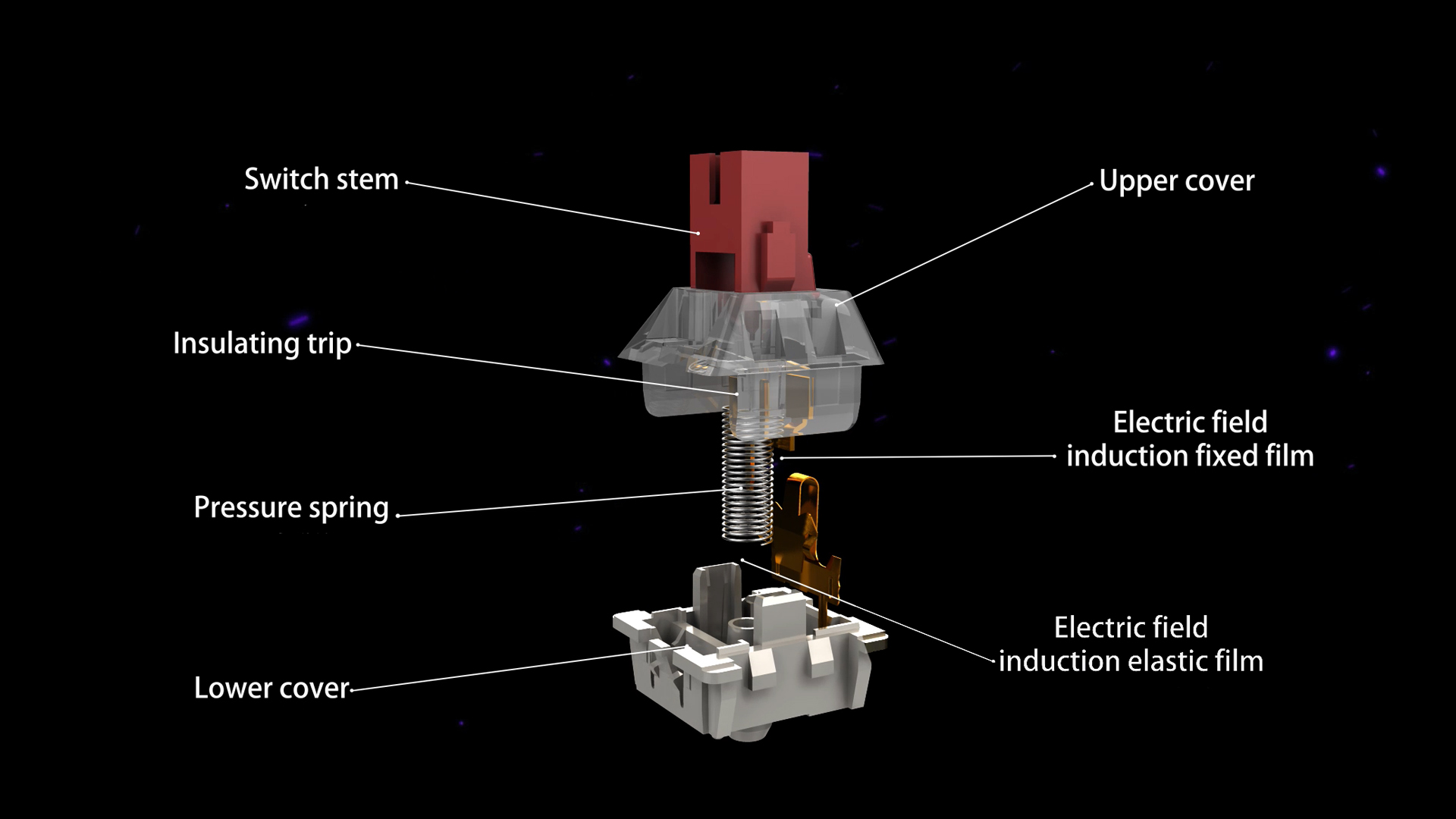MechanicaL, Membrane, Capacitive Keyboard
Mar 14, 2022
At present, the mainstream keyboards on the market are mainly divided into three categories: mechanical keyboards, membrane keyboards and electrostatic capacitance keyboards. The differences between the three are mainly reflected in the following points.

Differences in design principles:
Mechanical keyboards are custom-designed keyboards for gamers and professional typing. It is controlled and closed by independent buttons and mechanical shaft spring switches, and the button has a strong sense of paragraph and resilience, resulting in a special game feel and typing experience.

Membrane keyboard mainly focuses on keyboard products for computer office use. The common keyboard we usually use is the membrane keyboard. It is composed of a membrane key array and a panel. The key position is formed at the intersection point through the circuit line in the keyboard, and the signal is fed back to the host.

Capacitive Keyboard transmits the signal through the change of the capacitance on the key position. After pressing the button, the capacitance of the switch changes, so that there is no physical contact, and the switch does not need to be closed in the whole process.

Differences in keyboard construction:
The mechanical keyboard is composed of keyboard base, shaft cap, spring, metal feet, contact metal sheet and other components.
The membrane keyboard is mainly composed of panel layer, upper circuit, isolation layer, lower circuit and special connectors.
Capacitive Keyboard is composed of PCB circuit board, keycap, plunger, rubber bowl cover, conical spring and chassis.
The difference of the key shaft body:
Mechanical keyboards usually use MX mechanical switches, which are mainly divided into different types such as black switches, red switches, blue switches, and brown switches. The feel of different shafts is quite different. The number of grams of pressure determines the weight of the feel, and the shaft core determines the paragraph feel and resilience.

There are two main types of membrane keyboard shaft structures: crater and scissor switch. The crater structure has a longer key travel and harder pressing, and is usually found in desktop computers; the scissor switch structure has a short key travel and is more comfortable to use, and is generally used in laptop.
Capacitive Keyboard mainly has two types of switch: the spring structure and the Topre Corporation, which can be divided into parallel trigger structure and vertical trigger structure according to the way of controlling the change of capacitance capacity structure.

Differences in key conflict:
Because of its special shaft structure and independent coding keyboard settings, mechanical keyboards can generally use any 6 keys at the same time without conflict. Some mechanical keyboards can do all keys without conflict. Because multiple keys share one signal line, the membrane keyboard can generally achieve 3-4 hot keys at the same time without conflict, and some high-end membrane keyboards can achieve 7 keys without conflict. Due to the unique signal transmission method of capacitance monitoring, the electrostatic capacitance keyboard can adjust the keystroke by driving and adjusting the sensitivity value. Each key is independently detected, and all keys can be without conflict.
The advantages and disadvantages of the three keyboard types:
Mechanical keyboard
Advantage:
The mechanical keyboard has a long life, sensitive triggering, small changes in key feel, strong paragraph sense and resilience, can achieve 6 keys or even all keys without punching, supports self-replacement of keycaps, and comes with RGB lighting effects.
Disadvantages:
High price, high self-noise, inconvenient to carry, afraid of liquids such as beverages and water spilling into the keyboard, which may easily cause key failure and permanent damage to the keyboard circuit chip.
Membrane keyboard:
Advantages:
Membrane keyboards are usually rich in variety, fashionable and thin in appearance, easy to carry, low noise, strong sealing, good dustproof and waterproof performance, low price and high cost performance.
Disadvantages:
The keyboard has a short service life, the rubber film is easy to age, the keycaps are reflective and oiled, the touch is single, and the keys are easy to get stuck and hard after long-term use, and there are many key conflicts.
Capacitive keyboard:
Advantages:
Very long service life, very comfortable feel, light and neat, and the sound is much smaller than that of a mechanical keyboard. Without physical contact, the keyboard recognition is more stable, fast and sensitive, and all keys have no conflict.
Disadvantages: high cost, more expensive, keycaps are not easy to replace.

